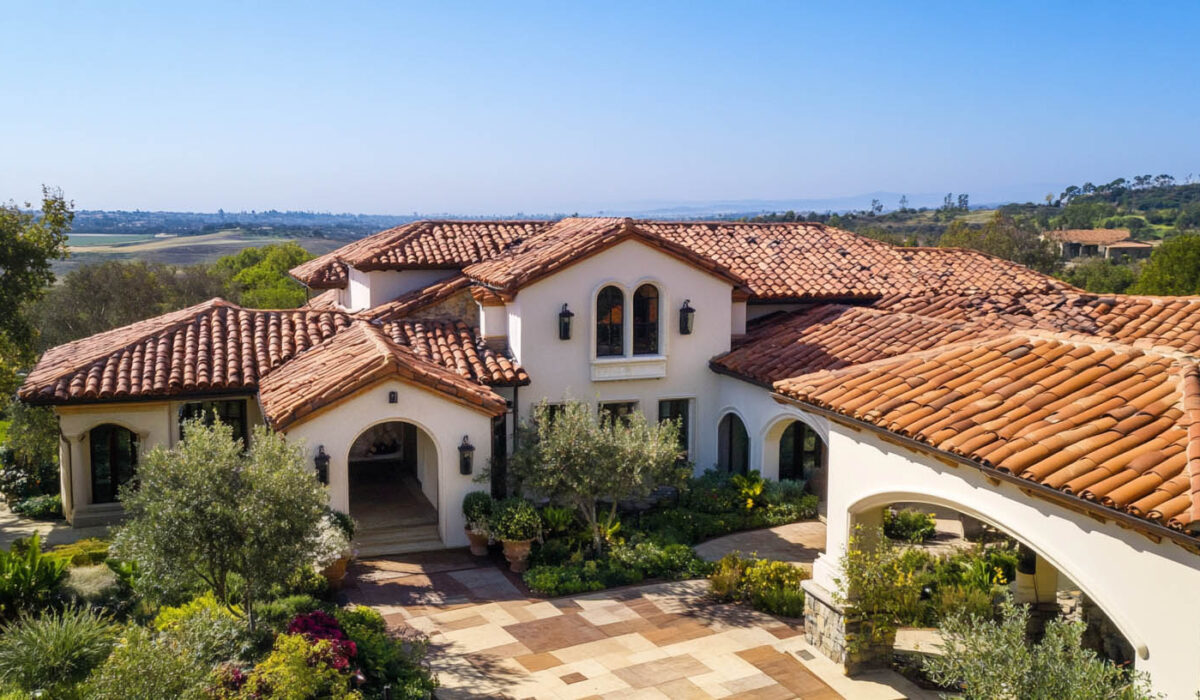When choosing the best roofing material for your home, tile roofs offer exceptional durability, elegance, and weather resistance. Among the most popular choices for tile roofing are clay and concrete tiles, each offering distinct advantages that cater to different climates, aesthetics, and budgets. Understanding the key differences between clay and concrete roof tiles can help homeowners make the right decision for long-term performance and curb appeal.
One company known for delivering high-quality tile roofing services in San Diego, CA is Tile Roofing San Diego. Their experienced team provides expert guidance on selecting the best materials to meet both visual preferences and structural needs.
Clay Roof Tiles: Timeless Appeal with Superior Longevity
Clay tiles have been used in roofing for centuries and are especially valued for their natural, rustic charm. These tiles are made from molded clay baked at high temperatures, which gives them excellent color retention and resistance to fading over time. Homeowners seeking a Mediterranean or Spanish-style aesthetic often prefer clay due to its rich, earthy tones and classic appeal.
One of the standout features of clay tiles is their exceptional durability. With proper maintenance, they can last over 100 years. They are naturally resistant to rot, insects, and fire, making them a top-tier choice in fire-prone areas like Southern California.
However, clay tiles are heavier and more brittle compared to other roofing options. This means they require a strong roofing structure to support the weight, and they can be more prone to cracking if walked on or struck by debris.
Concrete Roof Tiles: Strength and Versatility at a Lower Cost
Concrete roof tiles, by contrast, are made from a mix of sand, cement, and water. They are molded under high pressure and heat, resulting in a strong and cost-effective alternative to clay. While they may not boast the same natural hues as clay, modern manufacturing has made it possible to produce concrete tiles that mimic the appearance of traditional clay styles with remarkable accuracy.
The biggest advantages of concrete tiles are their affordability and adaptability. They cost significantly less than clay while still providing a durable and energy-efficient roofing solution. Concrete tiles also come in a wider range of colors and profiles, offering more customization for homeowners who want a tailored roof design.
In terms of longevity, concrete tiles typically last up to 50 years. Though less than clay, this is still a highly respectable lifespan, especially when paired with warranties and professional installation.
Weight and Structural Considerations
Both clay and concrete tiles are heavier than asphalt shingles, and their installation may require reinforcing your home’s roof framing. That said, concrete tiles are slightly heavier than clay. Before proceeding with installation, it’s essential to have a roofing contractor evaluate your structure to ensure it can safely support the added load.
If your existing structure cannot bear the weight of either option, modifications will be necessary—an added cost to consider during the budgeting process.
Maintenance and Performance in San Diego’s Climate
In a coastal city like San Diego, CA, homeowners must consider the effects of salt air, intense UV exposure, and occasional heavy rains. Clay tiles naturally repel water and are impervious to salt damage, making them well-suited to coastal environments. They also expand and contract less in heat, minimizing the risk of cracks over time.
Concrete tiles, while also durable, are more porous. This makes them more prone to water absorption if not properly sealed, potentially leading to algae growth or surface wear. However, regular sealing and cleaning can maintain their condition and aesthetic for decades.
Environmental Impact and Energy Efficiency
Both clay and concrete are sustainable roofing materials. Clay is made from natural materials and often fired in kilns powered by renewable energy. Concrete production has a larger carbon footprint but is often offset by its ability to be recycled and reused.
Energy efficiency is another shared trait: both materials are known for their insulating properties. Their thermal mass helps regulate indoor temperatures, reducing energy consumption and keeping homes cooler in hot climates like San Diego’s.
Brand Trust and Professional Installation
Choosing high-quality tile products from trusted manufacturers ensures you get maximum performance from your roofing system. As an Owens Corning Preferred Contractor, Tile Roofing San Diego has access to industry-leading materials and a strong reputation for professional craftsmanship and customer satisfaction.
Proper installation is vital, especially given the weight and intricacies of tile roofing. Hiring professionals who specialize in this type of work ensures better performance, fewer repairs, and a longer lifespan for your investment.
Making the Right Choice for Your Home
Ultimately, the decision between clay and concrete roof tiles depends on your aesthetic preferences, budget, and structural requirements. Clay tiles offer unmatched longevity and classic beauty, ideal for historic or Mediterranean-style homes. Concrete tiles provide an affordable and highly customizable alternative without sacrificing too much in terms of durability or appearance.
Read also our blog: Common Myths About Tile Roofing Debunked
Whether you’re planning a roof upgrade or building from the ground up, understanding the differences between clay and concrete roof tiles helps you choose a roof that will protect, enhance, and add lasting value to your home.

